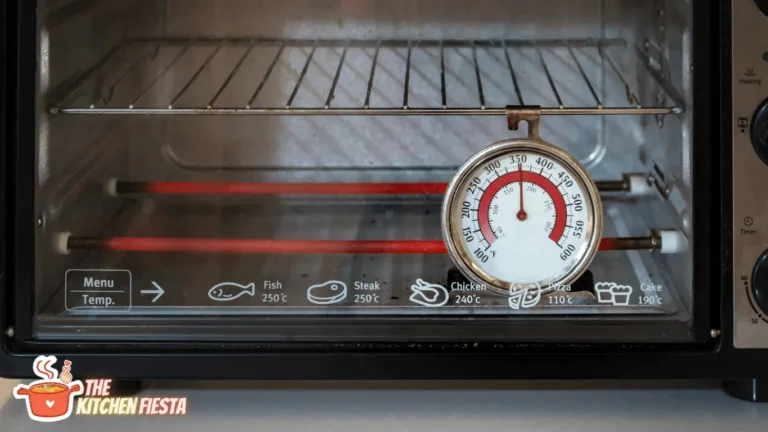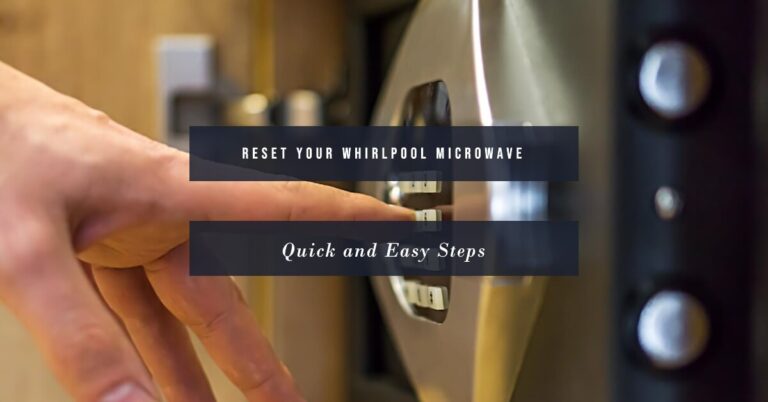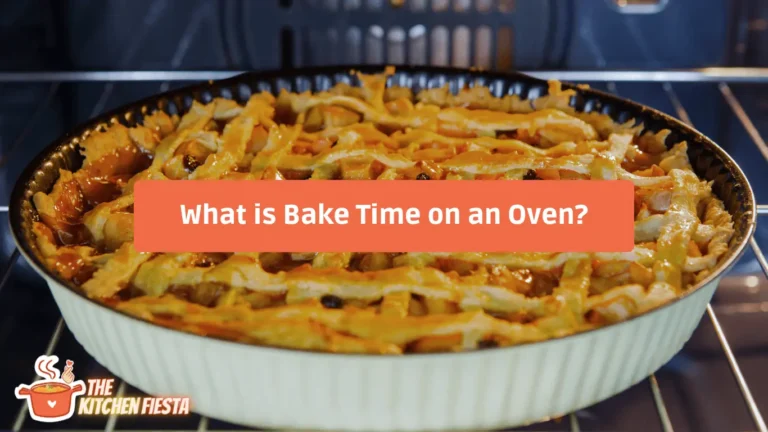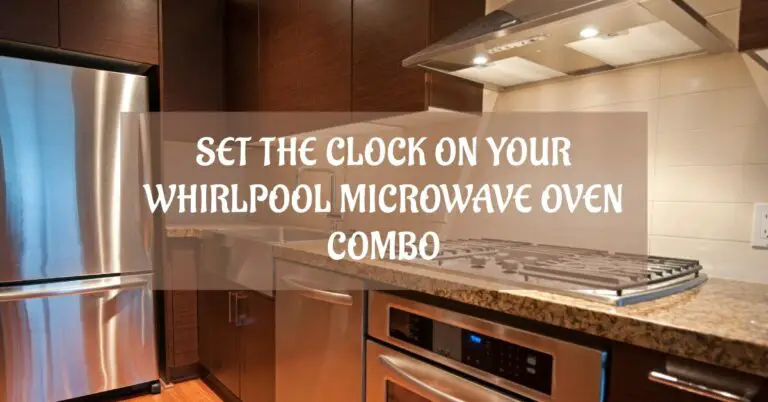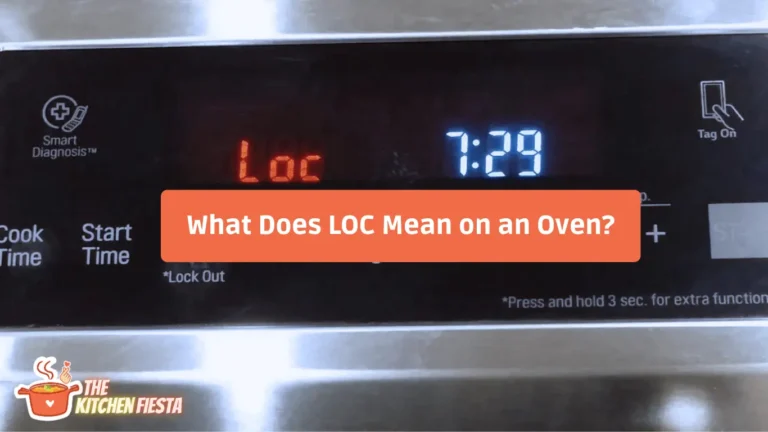Are Ceramic Bowls Oven Safe? Can you use them?
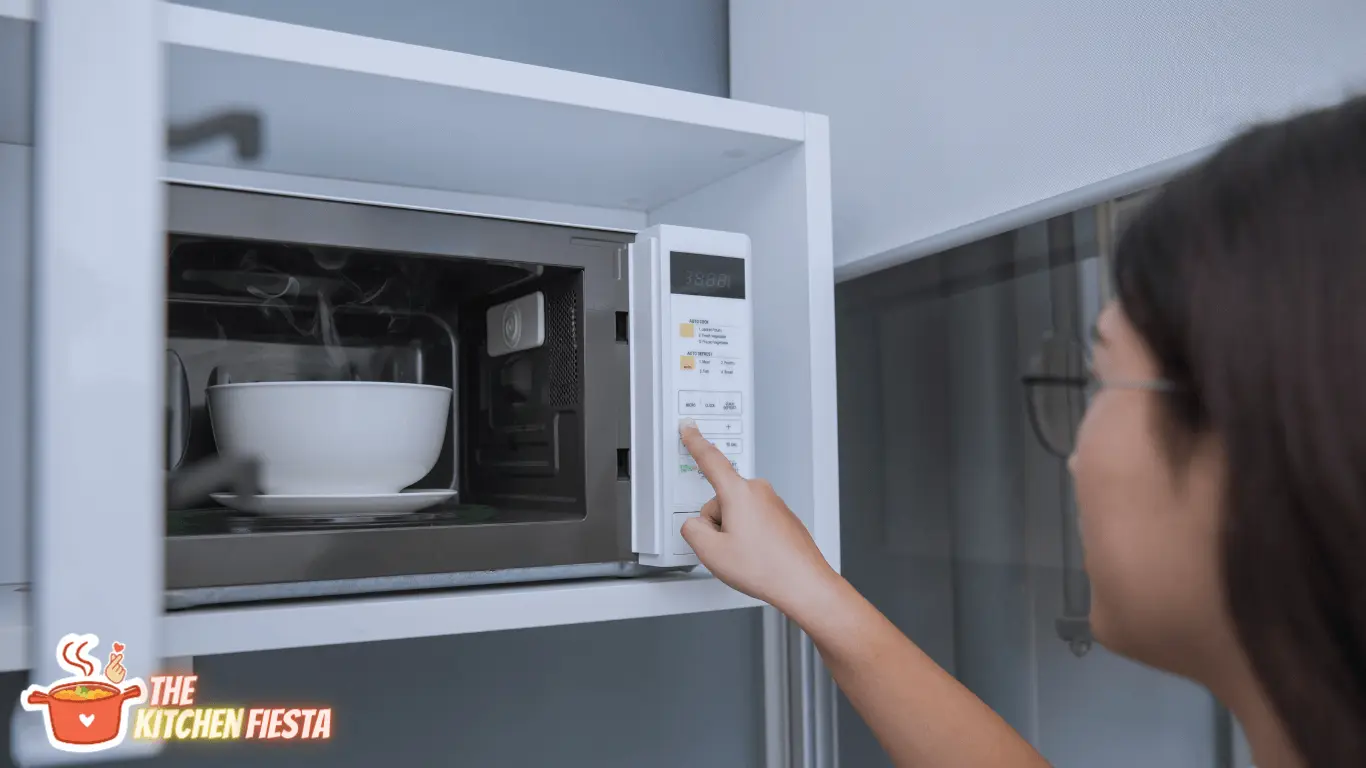
Ceramic bowls are a staple in many kitchens around the world. They come in various shapes, sizes, and designs, making them popular for serving food and drinks. However, when it comes to using ceramic bowls in the oven, there is some confusion about their safety.
The question of is ceramic bowls oven safe is not a straightforward one. Ceramic bowls can be oven safe, but whether they are or not depends on the specific type and quality of ceramic used. Some ceramic bowls are labeled “oven safe,” meaning they can withstand high temperatures without cracking or releasing harmful chemicals. These bowls are typically made from materials like porcelain or stoneware, which are fired at high temperatures and are durable enough to withstand the heat of an oven.
Some ceramic bowls can withstand temperatures of more than 500 degrees Fahrenheit, but the temperature at which a ceramic bowl can be safely used in the oven can vary based on the specific type and quality of ceramic used. To be considered oven-safe, ceramic cookware should be either 100% porcelain, made from thick ceramic, or covered in a protective glaze.
In this blog post, we’ll explore the question “Are ceramic bowls oven safe?” in-depth, looking at the different types of ceramic bowls, how they’re made, and what to look for when determining whether a particular bowl is safe for use in the oven. So, let’s dive in and learn more about ceramic bowl oven safety!
What are Ceramic Bowls?
Ceramic bowls are dishware made from clay and fired at high temperatures to create a hard, durable material. They are often used for serving food and can come in various shapes, sizes, and designs. Ceramic bowls are popular for their aesthetic appeal and versatility, as they can be used for formal and informal occasions.
Composition of Ceramic Bowls
Ceramic bowls are made from clay, water, and other natural materials such as quartz, feldspar, and talc. The type of clay used can vary depending on the desired properties of the finished product. For example, porcelain is a type of ceramic that is made from a specific type of clay and is known for its strength and clarity.
After the clay mixture is formed into the desired shape, it is fired in a kiln at high temperatures. This process causes the clay to harden and become more durable. The firing temperature can vary depending on the type of clay used and the desired properties of the finished product.
Some ceramic bowls may also be coated in a glaze, a thin layer of glass applied to the bowl’s surface. The glaze can provide additional protection against scratches and stains and add color and texture to the bowl.
Oven Safety of Ceramic Bowls
Ceramic bowls are a popular choice for cooking and serving food. However, not all ceramic bowls are oven safe. It is important to understand the factors that determine oven safety, whether a ceramic bowl is oven safe, and how to safely use ceramic bowls in the oven.
Factors that Determine Oven Safety
The oven safety of a ceramic bowl depends on several factors, including the type of clay used, the thickness of the bowl, and the glaze applied. Ceramic bowls with 100% porcelain or thick ceramic are generally oven safe. However, bowls that are decorated with an adhesive design or have colors applied to them are unsafe for oven use.
The glaze applied to the ceramic bowl also plays a significant role in oven safety. A protective glaze labeled “oven safe” can withstand high temperatures in the oven. However, if the glaze is not labeled as oven safe, using the bowl in the oven is not recommended.
How to Determine if a Ceramic Bowl is Oven Safe?
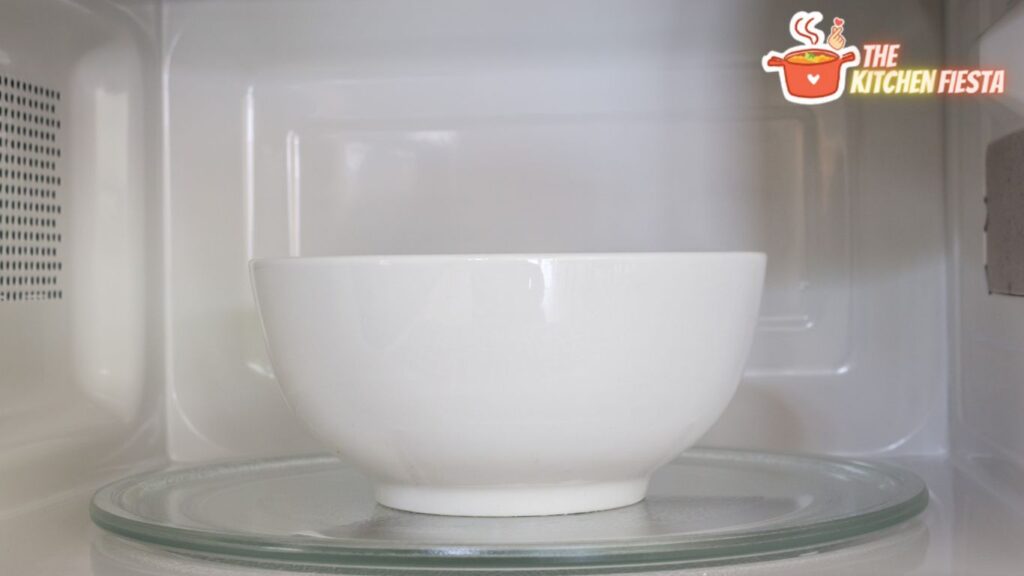
To determine if a ceramic bowl is oven safe, check the manufacturer’s guidelines. Look for the label “oven safe” or “heat resistant.” If the bowl has no labeling, it is best to assume it is unsafe for oven use.
Another way to test if a ceramic bowl is oven safe is to place it in a preheated oven at 350°F for 30 minutes. If the bowl does not crack or show any signs of damage, it is safe to use in the oven.
How to Safely Use Ceramic Bowls in the Oven?
When using ceramic bowls in the oven, follow some safety tips. Avoid sudden temperature changes by placing the bowl in a cold oven and gradually heating it up with the oven. Do not place the bowl on a direct flame or heating element.
It is also important to use oven mitts or pot holders when handling the hot bowl. Do not place the hot bowl on a cold surface, as this can cause it to crack.
Alternatives to Ceramic Bowls
Ceramic bowls are a popular choice for many people when baking and cooking. However, other materials can be used as a substitute for ceramic bowls.
Other Oven-Safe Materials
- Glass: Glass bowls are a popular alternative to ceramic bowls. They are oven-safe and can withstand high temperatures. Glass bowls also have the transparent advantage, allowing you to see the food as it cooks.
- Stainless Steel: Stainless steel bowls are another option for those who want an oven-safe bowl. They are durable, easy to clean, and can withstand high temperatures. Stainless steel bowls are also non-reactive, so that they won’t react with acidic foods.
- Silicone: Silicone bowls are a relatively new addition to the market. They are oven-safe, flexible, and non-stick. Silicone bowls are also easy to clean and can be folded for easy storage.
Pros and Cons of Different Materials
- Glass: Pros – Transparent, oven-safe, easy to clean. Cons – Can break if dropped, can be heavy.
- Stainless Steel: Pros – Durable, non-reactive, and easy to clean. Cons – Can be heavy, not transparent.
- Silicone: Pros – Flexible, non-stick, easy to clean. Cons – Can be flimsy, not transparent.
Also Read:
Conclusion
In summary, ceramic bowls can be oven-safe if labeled as such and made from durable materials like porcelain or thick ceramic with a protective glaze. However, checking for the “Oven-Safe” symbol before using them in the oven to avoid accidents or ruined meals is crucial. Cast iron or stainless steel bowls are also safe for oven use. To ensure a successful and safe cooking experience, always follow the manufacturer’s instructions and exercise common sense.
With proper precautions, cooking with ceramic bowls can offer numerous benefits, including even cooking and a beautiful presentation. So, next time you’re in the kitchen, double-check your cookware and enjoy the delicious results of using the right tools.
FAQs – Are Ceramic Bowls Oven Safe?
Can you put a ceramic bowl in the oven with food in it?
Yes, you can put a ceramic bowl in the oven with food in it. However, ensure that the bowl is oven safe and that you follow the manufacturer’s recommendations for temperature and time.
Can you put a ceramic bowl in the oven at 400 degrees?
It depends on the specific ceramic bowl. Some ceramic bowls are only oven safe up to a certain temperature, while others can withstand higher temperatures. Before baking ceramic bowls at high temperatures, check the manufacturer’s recommendations.
Can you put a ceramic bowl in the oven and fridge?
You can put a ceramic bowl in the oven and then in the fridge. However, letting the bowl cool before placing it in the fridge is important to avoid cracking or breaking.
Can you put a ceramic bowl in the oven and microwave?
Putting a ceramic bowl in the oven and then in the microwave is not recommended. The sudden temperature change can cause the bowl to crack or break. Letting the bowl cool down before reheating in the microwave is best.
Can you put a ceramic bowl with gold trim in the oven?
Using a ceramic bowl with gold trim in the oven is not advisable due to the potential damage that high heat can cause to the gold trim, such as discoloration or peeling. It is recommended to choose an alternative bowl for oven use.

